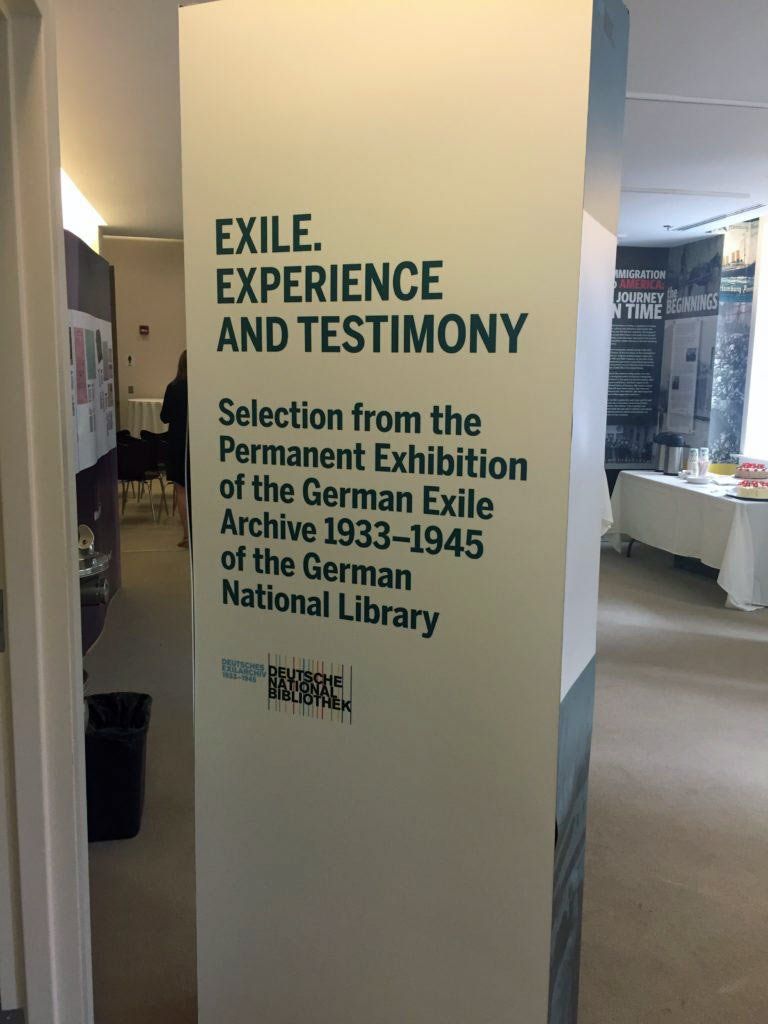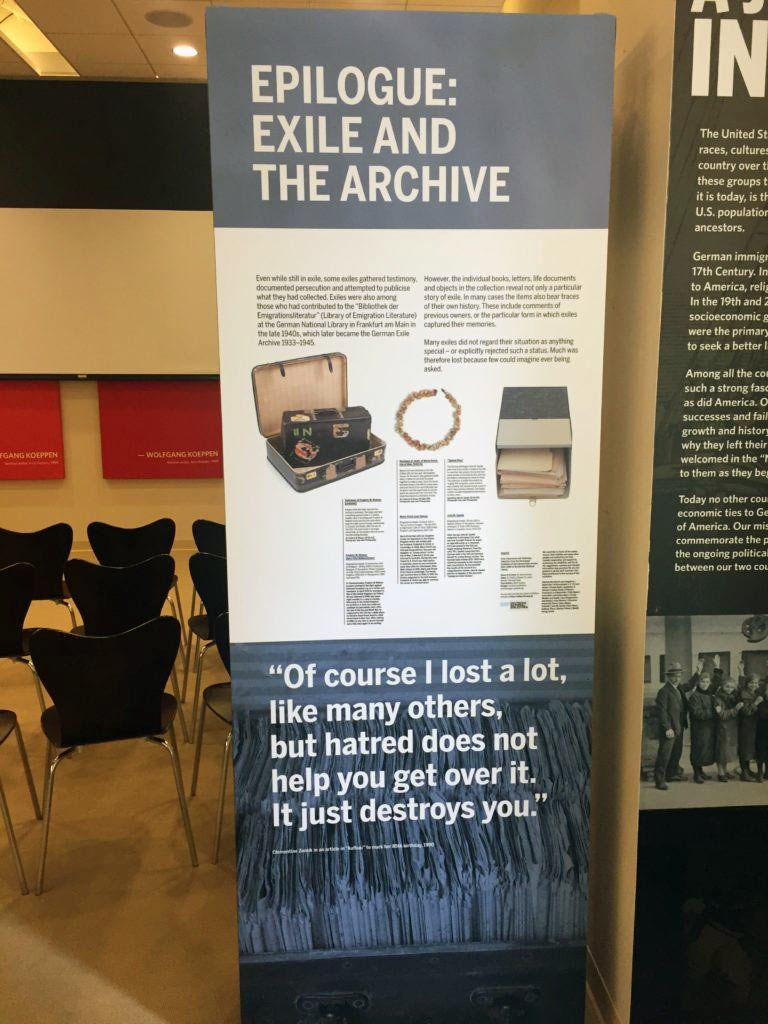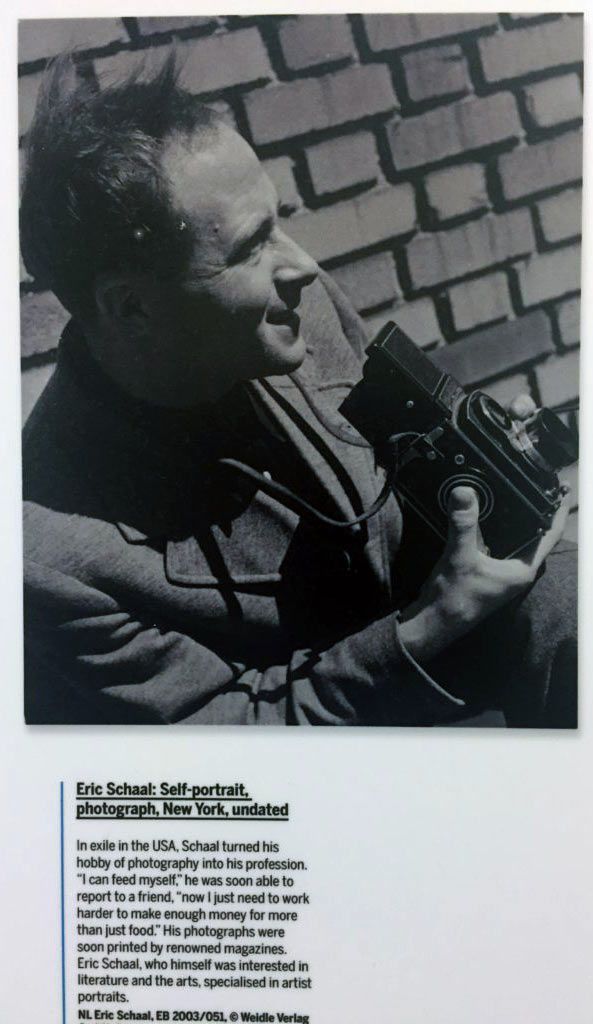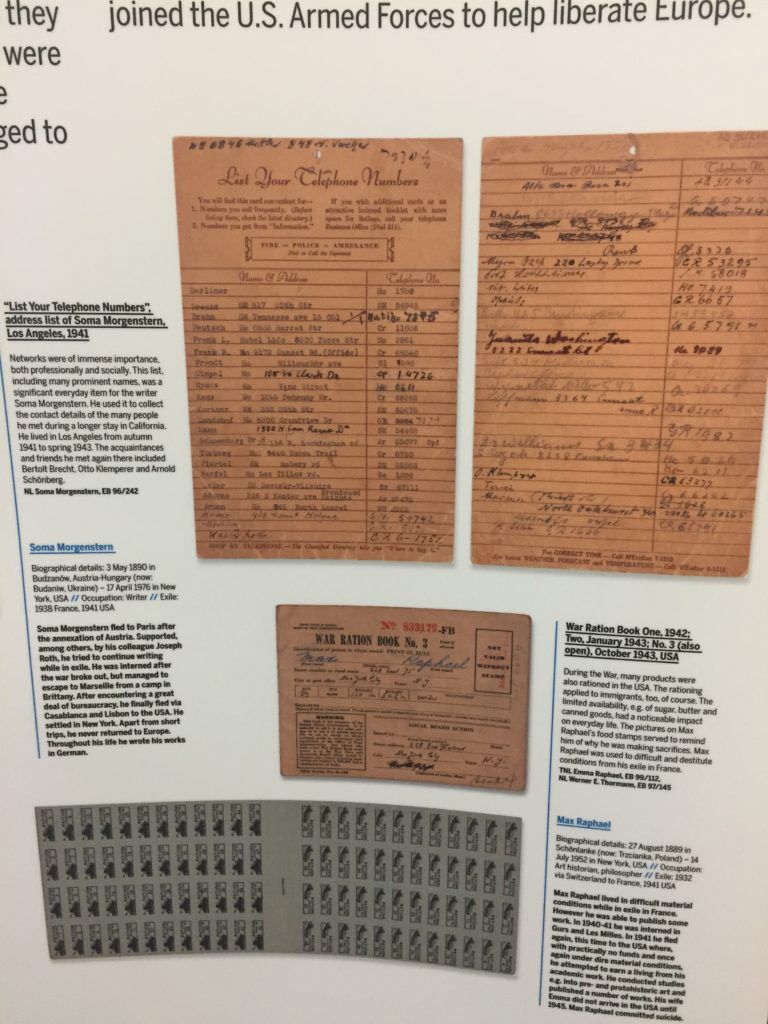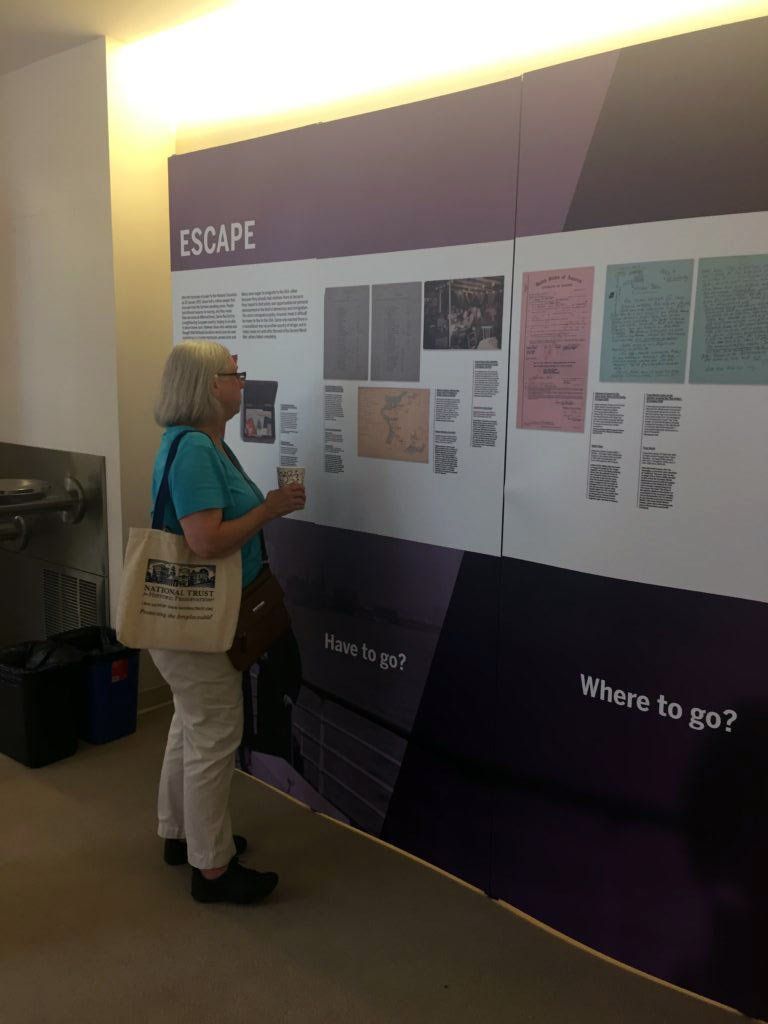Exile: Experience and Testimony 1933-1945
The German-American Heritage Foundation of the USA®
German-American Heritage Museum of the USA™

The German-American Heritage Museum of the USA™ opened in March, 2010 in a building once known as Hockemeyer Hall. Renovations were completed by the GAHF after acquiring the building in 2008. Located on 6th Street NW in the heart of the old European-American section of Washington, the Museum sits in what is now a thriving commercial neighborhood.
Follow us
1933-1945
Exile: Experience and Testimony 1933-1945
On June 12 the board and staff of the German-American Heritage Foundation and Museum hosted the opening reception of a new exhibit about the timely topic of exile and émigrés. Exile is a loaded word, and in Germany it’s a word that immediately creates a connection with National Socialism; the time period from 1933 to 1945. This particular exhibition was created by the German Exile Archive 1933-1945, which belongs to the German National Library in Frankfurt, and is part of the Year of Germany 2018/2019 initiative, a German federal government project headed by the Federal Foreign Office, managed by the Goethe Institute, and executed in partnership with the Federation of German Industries.
It opened here in the U.S. on May 18 at Loyola University in Chicago for the conference of the North American Society for Exile Studies. The GAHM is the first stop on its year-long journey through the country, and other destinations include Durham, New Hampshire, South Hadley in Massachusetts, Los Angeles, and New York.
When does a person go into exile? Does one have to fear for his/her life before making and executing such a decision? What are the dangers? The hurdles that have to be overcome? The modules show some familiar names: the physicist Albert Einstein, social researcher Max Horkheimer, philosopher Theodor Adorno, and writer Thomas Mann. These famous individuals were of course only a fraction of the total number of émigrés.
Not all of them came to the U.S., nor did all of them stay here, but this country was the most important destination during the National Socialist Era, admitting roughly 130,000 to 140,000 German-speaking refugees, and all of them left their mark, big or small. The exhibit will be open to the public at the GAHM until Aug. 15, and we invite you to visit, and immerse yourself in these fascinating stories.
